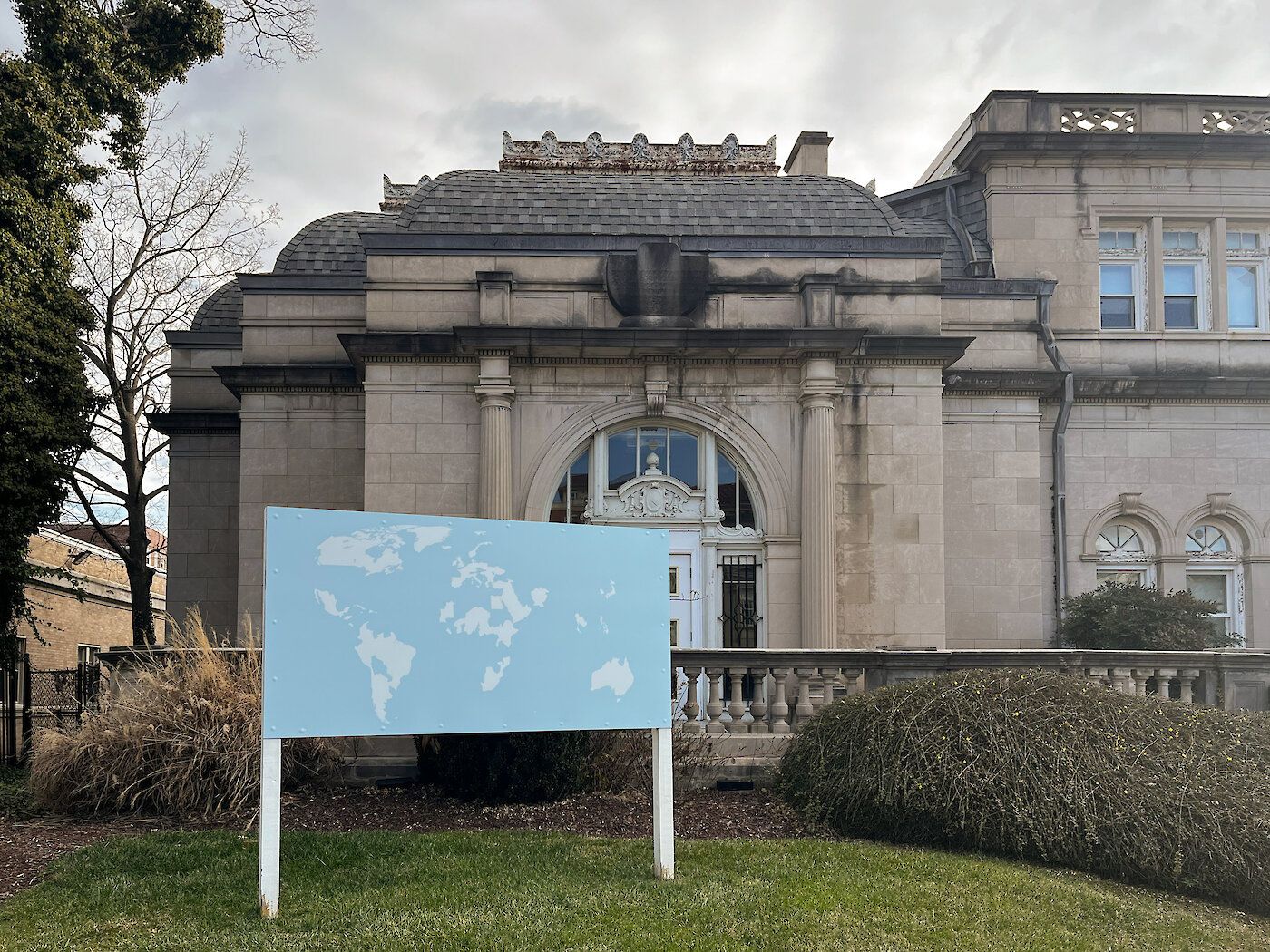Alán Carrasco
16 / 17

Ius ad bellum
Can anyone speak of peace while being capable of conceiving a just war? As Francisco de Vitoria, Spanish thinker and theologian at the turn of the 16th century, said, “a war cannot be just on both sides.”
After World War II, the legal concept of “ius ad bellum,” the right to the use of force, was standardized. It is a neo-Latin term, as using the mother tongue of Western law may seem to make it an inherited and reliable concept. Closer to the pragmatism of “realpolitik” than pacifism, it is based on the scholastic ideas of Saint Augustine and Saint Thomas Aquinas about the Christian duty to preserve life and fight against evil.
Updated, this term must meet six conditions: it must be declared by a legitimate authority; it must be in defense, as a response to a previous aggression; it must seek to rectify an injustice and not other interests; it must be a last resort, with all diplomatic avenues exhausted; it must seek peace; lastly, it must be proportional to the cause.
The reality is that, according to the UN, in 2022, civilian deaths in conflict more than doubled, especially due to the war in Ukraine. In numbers, 19 million more people. We can imagine that with the brutal escalation of violence against Palestine in 2023, these figures will not be lower. Hence, the first target of Goal 16 of the 2030 Agenda is to “Significantly reduce all forms of violence and related death rates everywhere.”
Alán Carrasco delves into the realities hidden behind the figures, legal and political concepts, and public demonstrations, questioning the veracity of the official programs that support them. Faced with the proposal for peace from an international alliance, he traces the terminology and agreements that hinder this reconciliation.
Among the ten stated goals, target 16.6 states: “Develop effective, accountable and transparent institutions at all levels,” and it continues in 16.8: “Broaden and strengthen the participation of developing countries in the institutions of global governance.” These policies of agreements and the pursuit of balance that continue to be sought after the two world conflicts of the 20th century, especially during the “Cold War” era, bore fruit, among others, in NATO (North Atlantic Treaty Organization), of which the United States and Europe are major supporters.
In his research, Carrasco confirms, based on reports from the Department of Defense and its Defense Manpower Data Center (DMDC), as well as the book Base Nation: How US Military Bases Abroad Harm America and the World by David Vine, an associate professor of anthropology at American University, that the U.S. has deployed 686 effective military bases in 74 foreign countries, representing the largest military deployment in peacetime history and a clear violation of the sovereignty of other nations:
Calculating the magnitude of this U.S. military presence is a practically impossible task, as the information provided by the Department of Defense (DoD) is incomplete and full of irregularities. In addition to secret locations, the complexity of the calculation also lies in the divergence of types of military installations, from the smallest with only a few attachés to the immense bases in Germany (40,000 personnel in 179 military installations), Japan (just over 50,000 personnel in 109 bases), or South Korea (28,000 personnel in 85 bases), countries invaded and militarily occupied since World War II and the Korean War, respectively.
Given this perspective, the artist, using design strategies (neutral fonts and formats to lend credibility) and montage (edited information in bursts for subliminal identification), presents a new world map. We identify the geopolitical plane, which, like winter weather, appears whitish, subtle, veiled… like the history it tells. The continental outlines are only formed with countries in which the United States has a military presence. In the animated sequence that summarizes the conceptual process of this piece, six images are collected as examples of interventions perpetrated by the American government and/or with NATO’s approval.
- Toppling of Saddam Hussein’s statue in Firdos Square, Baghdad (Iraq). April 9, 2003.
- Contra fighters (“Counterrevolution” or “Nicaraguan Resistance”) at a camp in the 1980s in Nicaragua.
- Members of Brigade 2506 captured by Fidel Castro’s men in the failed invasion of the Bay of Pigs (Cuba). April 16, 1961.
- Operation Allied Force, bombing of Belgrade (former Yugoslavia). Initiated on April 24, 1999.
- U.S. troops before withdrawal at Hamid Karzai Airport, following the return to power of the Taliban. August 20, 2022.
- Members of the South Vietnamese army alongside a U.S. soldier arresting a potential Vietcong member in Đồng Tháp province, 1965.
All are occasions when one of the six assumptions was violated. Visually understanding the global geopolitical strategy helps us be aware of the levels of “defensive” interference.


